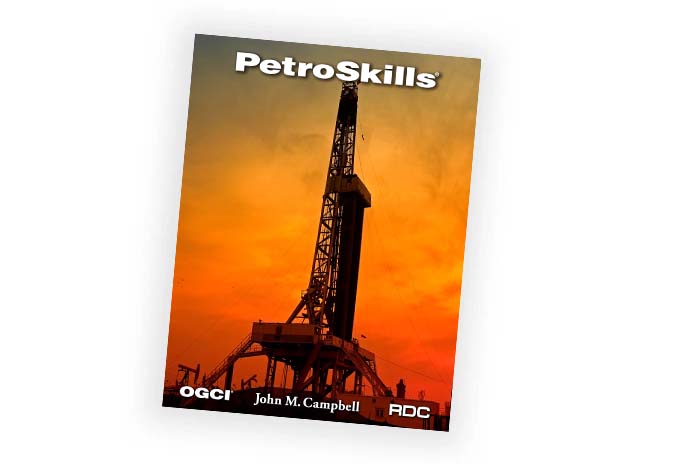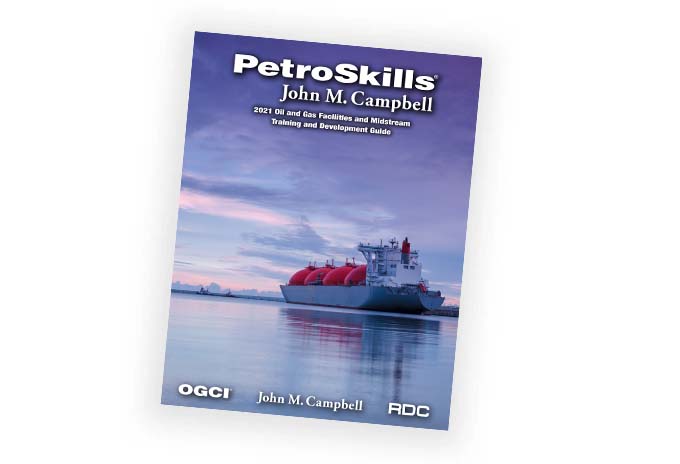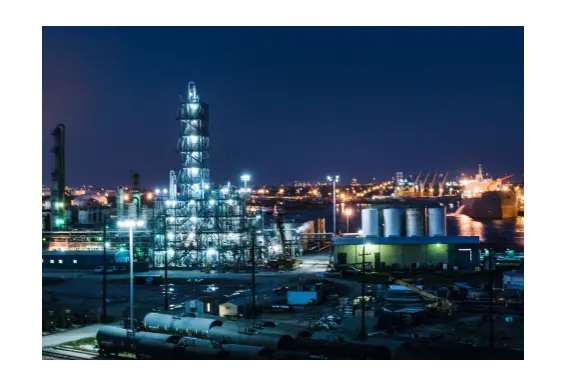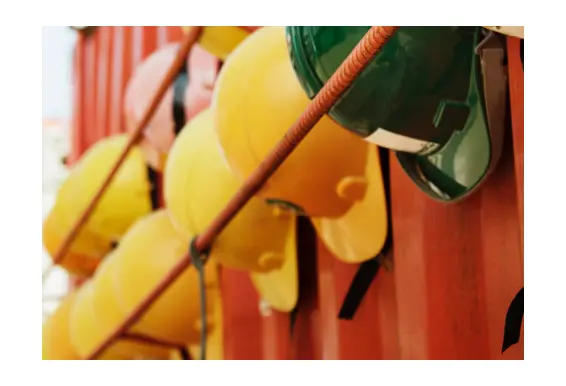Machinery Design, Materials and Subsystems
e-Learning
About the eLearning Course
This skill module describes the principal materials used for the components for major types of rotating equipment.
It also explains how each of the following are used with major types of rotating equipment along with applicable standards and codes:
- Gears
- Transmission systems
- Couplings
- Seals
- Lubrication and filtration systems
Target Audience
Facilities Engineers, Process Engineers, Senior Operations Personnel, Field Supervisors, Engineers who select, design, install, evaluate or operate gas processing plants and related facilitiesYou Will Learn
Participants will learn how to:
- Describe the principal materials used for the components for each major type of rotating equipment
- Outline the criteria that are used in the selection of these materials
- List how materials can affect operations and maintenance
- List applicable codes and standards for materials related to rotating machinery
- Describe the gearing, transmission systems used with the major types of rotating equipment
- Describe how couplings transmit power and explain the difference between a rigid and a flexible coupling and under which circumstances each is used
- Outline the functions of gearing and coupling systems and the principal design factors for each system
- Identify the key properties of lubricating oil that are special to gearing systems
- List the failure modes typically encountered in gear and coupling systems and how to identify them before they become failures
- List the key operational and maintenance considerations of gearing and coupling systems
- Describe the key material and manufacturing considerations
- List the related industry codes and standards
- List seal types, categories and the advantages and disadvantages of each
- List the failure mechanisms typically encountered with sealing systems
- Explain the purpose of seal flush plans for pumps
- Describe the key mechanical and operational differences between mechanical contact seals and dry gas seals
- List the codes and standards used for seals in the energy industry
- List the various types of bearings, describe the principles of lubrication for the different bearing types and list under what conditions they would be used
- Describe why rolling element bearings have a finite life
- Describe the principles of operation of tilting pad bearings and of magnetic bearings
- Show how to calculate clearances for hydrodynamic sleeve and tilting pad bearings
- Describe the fitting procedure for each type of bearing and how those procedures are affected by mechanical clearances
- List the failure mechanisms typically encountered with bearings, how to identify them and how to prevent them
- Describe the lubrication and filtration systems used with the major types of rotating equipment
- Outline the functions of lubrication and filtration systems and the principal design factors for each system and the major component
- List the types of lubricants used for rotating equipment and the properties and limitations of each
- List the key operational and maintenance considerations of lubrication systems
- List the effects of lubricant deterioration on the health of rotating equipment, how these effects may be identified before damage occurs and how damage may be prevented
- Describe the key material and manufacturing considerations
- List the related industry codes and standards




